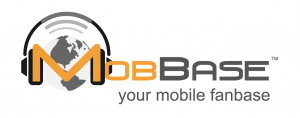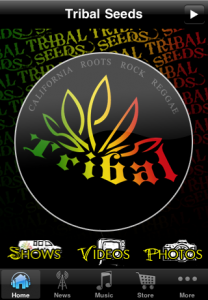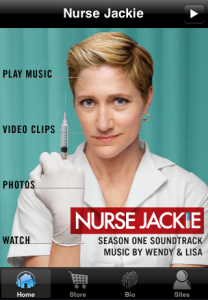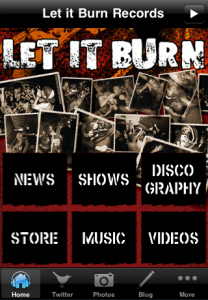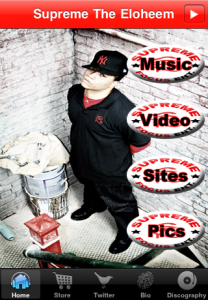As a law student who geeked out on Copyright law, the single most frequent question I’m asked is: “Dude, what the hell is music publishing?” This is a very loaded question that triggers a discussion about music Copyright law and the various royalties that stem from each music Copyright.
Copyright law divides the musical process into two parts: (1) the writing of the song and (2) the recording the song. This is a distinction most DIY cats don’t make because they’re doing both! But, in the “traditional” (and rapidly fading) music industry, the songwriters wrote the songs and the recording artists recorded and performed the songs (except for the singer/songwriters who did both). Most likely, you’ve never heard of the songwriters, but are overly familiar with the recording artists.
There are thus two copyrights that apply to music (both of which come with “exclusive rights“):
1. Copyright for the Song (form PA): This covers the underlying musical composition of the song (music and lyrics) and belongs to the songwriters/music publishers. It covers the writing of the song itself, as opposed to a recording of the song.
2. Copyright for the Recording of the Song (form SR). This covers the audio recording that is made of a song. It covers the actual recording of a particular composition, and belongs to recording artists/record labels.
So, music publishing is the business of creating/administering/monetizing the copyrights for the song. Record labels, on the other hand, do the same for the sound recordings (the “Masters”). While a song is only “written” once (and can only be copyrighted once), many different sound recordings can be made of the same song (and each recording would have its own sound recording copyright). Once a first recording (“first use”) is made of the song, anybody else can then “cover” the song based on the statutory royalty.
Note, I said “cover” and not “sample”. When you’re covering something you need permission from the songwriter, and not from the recording artist who recorded the famous version of the song. In the interest of creative growth, copyright law requires that the songwriters grant you permission , via a compulsory statutory royalty. If you’re covering something, you might be able to get the license here.
So, why should musicians care about this? For a moment, lets put aside the ongoing debate of where musicians earn most of their money. At least some of the money earned actually comes from the purchase or use (licensing) of the music. In an age where a successful musician must aggregate as many sources of revenue as possible (the long tail of music revenue, anyone?), musicians should be aware of the specific royalty chains that attach to each copyright.
From each of the two copyrights, a specific royalty chain ensues. Thus, there are royalties owed to the writers (the publishing side) and separate royalties owed to the recording artists (the Master side).
On the publishing/writer’s side:
1. Mechanical Royalties: Due from sale of recordings of the song through MP3s, CDs, LPs, etc. The current statutory rate is 9.1 cents or 1.75 cents per minute of playing time (whichever is greater).
2. Synchronization Licensing Fees: Due when a piece of music is “synced” or matched with a movie, tv show, commercial, video game, etc. These fees also apply to online audio-visual production.
3. Public Performance Royalties (via ASCAP, BMI, and SESAC): When a song is played/performed/streamed/broadcast publicly (on the radio, internet, on TV, etc), royalties are owed for this use. Performances are generally broken down into feature performances and background music. If there is a sync license deal, additional royalties are owed for the broadcast of the works the music is used in.
On the label/recording artist’s side (excluding tours/merchandise):
1. Money from the “exploitation” (sale) of the Masters in various formats (MP3, CD, LP, etc). For this, mechanical royalties are due on the publishing side.
2. Master Use Licensing: A sync license only covers the license for the composition of the song, and a separate license needs to be obtained for the use of the masters.
3. Digital Performance (via Sound Exchange): There is a limited public performance right in sound recordings when performed by digital transmission (generally, there is are no public performance rights in sound recordings). For most digital performances, there is a compulsory statutory license, but for some a case-by-case license fee is negotiated.
So, if you want to make as much money as you can off your music, you gotta mix and match your revenue streams. A general understanding of both publishing and sound recording law is thus pretty darn helpful!
A good reference for the issues covered in this post is, Music, Money, and Success by Jeffrey and Todd Brabec. Please note that this post attempts to provide an overview of music law, but by no means covers all the issues that arise. Please don’t take this as legal advice!
